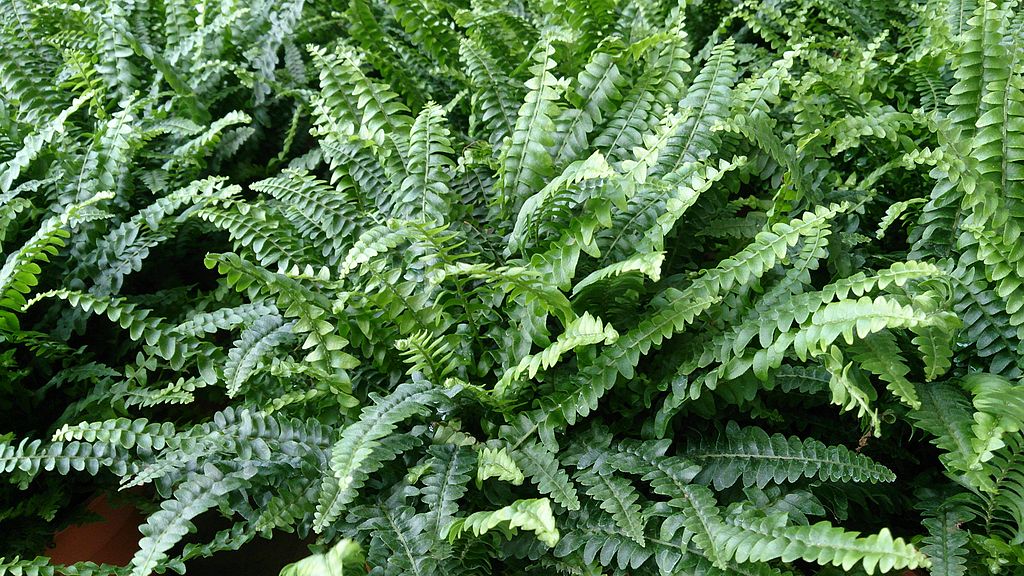
In the quest for healthier indoor environments, the significance of oxygen-producing plants cannot be overstated. As people spend more time indoors, the quality of indoor air becomes increasingly important for overall well-being. In this article, we’ll explore the world of oxygen-producing plants, uncovering which varieties are most effective at enhancing indoor air quality and promoting a healthier living environment.
I. Introduction to Oxygen-Producing Plants
A. The Importance of Indoor Air Quality
Indoor air quality plays a crucial role in human health, affecting respiratory function, cognitive performance, and overall comfort. Poor indoor air quality can result from factors such as inadequate ventilation, off-gassing from building materials, and the accumulation of indoor pollutants. Oxygen-producing plants offer a natural solution to improve indoor air quality by increasing oxygen levels and removing harmful airborne toxins.
B. Oxygen-Producing Plants: A Natural Solution
Oxygen-producing plants utilize photosynthesis to convert carbon dioxide into oxygen, releasing oxygen molecules into the surrounding air. These plants are not only aesthetically pleasing but also serve as natural air purifiers, filtering out pollutants and replenishing oxygen levels in indoor spaces. Incorporating oxygen-producing plants into indoor environments can help create a healthier and more pleasant living or working environment.
C. Factors Affecting Oxygen Production
Several factors influence the oxygen production capacity of plants, including the species of plant, its size and growth rate, environmental conditions such as light and temperature, and the efficiency of photosynthesis. Understanding these factors can help individuals select the most effective oxygen-producing plants for their indoor spaces.
II. Plants with High Oxygen Output
A. Snake Plant (Sansevieria trifasciata)
The snake plant, also known as mother-in-law’s tongue, is renowned for its air-purifying properties and high oxygen production capacity. This hardy succulent is capable of thriving in low-light conditions and requires minimal maintenance, making it an excellent choice for busy indoor environments. The snake plant releases oxygen during the day and continues to purify the air by removing toxins such as formaldehyde, benzene, and trichloroethylene.
B. Aloe Vera (Aloe barbadensis)
Aloe vera is not only prized for its soothing gel, but also for its ability to produce oxygen and improve indoor air quality. This succulent plant is well-suited to indoor environments, requiring bright indirect light and infrequent watering. In addition to releasing oxygen, aloe vera plants absorb carbon dioxide and harmful volatile organic compounds (VOCs), making them effective natural air purifiers.
C. Areca Palm (Dypsis lutescens)
The areca palm, also known as the butterfly palm or golden cane palm, is valued for its elegant appearance and exceptional oxygen-producing capabilities. This tropical palm species thrives in bright, indirect light and humid conditions, making it ideal for adding a touch of greenery to indoor spaces. The areca palm releases large amounts of oxygen while simultaneously removing indoor air pollutants such as formaldehyde, xylene, and toluene.
III. Benefits of Oxygen-Producing Plants
A. Improved Air Quality and Respiratory Health
Oxygen-producing plants play a vital role in improving indoor air quality by increasing oxygen levels and reducing the concentration of indoor air pollutants. This can have significant benefits for respiratory health, helping to alleviate symptoms of allergies, asthma, and other respiratory conditions.
B. Stress Reduction and Mental Well-being
In addition to their air-purifying properties, oxygen-producing plants have been shown to have psychological benefits, including stress reduction and improved mental well-being. The presence of greenery indoors can create a sense of calm and connection with nature, promoting relaxation and reducing feelings of anxiety and stress.
C. Enhanced Productivity and Cognitive Function
Studies have demonstrated that indoor plants can enhance productivity and cognitive function in indoor environments. The increased oxygen levels provided by oxygen-producing plants can improve concentration, memory, and attention span, leading to greater productivity and creativity in work or study settings. Incorporating plants into indoor spaces can help create a more stimulating and conducive environment for learning and working.
IV. Tips for Growing Oxygen-Producing Plants
A. Proper Light and Watering Conditions
To ensure optimal growth and oxygen production, oxygen-producing plants require appropriate light and watering conditions. Place plants in locations with adequate natural or artificial light, and water them according to their specific needs, avoiding overwatering or underwatering.
B. Choosing the Right Potting Mix
Selecting the right potting mix is essential for the health and vitality of oxygen-producing plants. Use a well-draining potting mix formulated for indoor plants, and consider adding organic matter such as compost or peat moss to improve soil structure and fertility.
C. Maintenance and Care Routine
Regular maintenance and care are essential for keeping oxygen-producing plants healthy and thriving. Monitor plants for signs of pests, disease, or nutrient deficiencies, and take prompt action to address any issues. Prune dead or yellowing foliage, repot plants as needed, and fertilize them periodically with a balanced fertilizer to promote growth and oxygen production.




